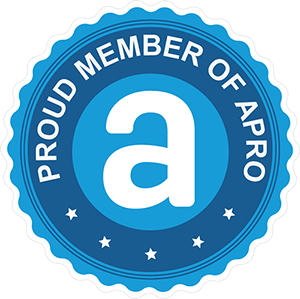
After recent lawsuits against Domino’s Pizza, Winn-Dixie, and Beyoncé have shown America that the ADA (Americans with Disabilities Act) applies to websites and other digital platforms. It used to only apply to physical locations, but with the rise of the digital age our policies must evolve and grow with technology. This means businesses need to work to make sure their presence on the internet is as considerate to those with disabilities as they are in a building or office. Accommodations for the blind or hard of hearing are necessary, but how exactly can you make these accommodations on a digital platform?
Definitive regulations for website accessibility are still in development, but there are still a few agreed-upon measures that your business can take to fit the needs of the ADA.
Now before we jump head first into tools and regulations, it’s important to first understand what websites require these accommodations. There’s two sections of the ADA where you can find the answer to this question, title I and title III. Title I describes businesses that operate for 20 weeks or more out of the year, and that have 15 or more full-time employees on their staff. Title III describes businesses that provide “public services” like hotels, banks, and public transportation.
The next step is finding a source where regulations are listed. Unfortunately there aren’t any guidelines due to the ADA website compliance being a new development. This can make the process of evolving your website very frustrating. Not to worry, there are still some actions you can take to make your website more accessible. Not only does it expand the opportunity for more customers, but it also shows the effort your business is making to follow the ADA guidelines.
So what are some measures you can take to make your website ADA friendly? First off you can organize your website to be consistent. Make all buttons, widgets, menus, and links easy to find and access in order to ensure that your website isn’t hard to navigate. Making your fonts bold and clear to read will also help potential customers navigate your website. You will also want to pay close attention to the header code. Numerous text readers use the headers to determine what language the website is written in. By using numerous header “tiers” assists the reader through the page’s content. You can also provide transcripts for audio and video content so a user who is hard of hearing can read what is being said in the audio of the video clip.
Making sure all your documents are text reader accessible can also be a measure you can take to ensure that your documents are easy to read.
A final advantage you can give is by making sure your website offers alternate options if there is an input error. Many users with disabilities can encounter a lot of issues navigating. So by giving them alternative “routes” for them to navigate can make sure they get the information they need.
So what will happen if your business doesn’t follow these steps? Well without an ADA compliant website, this leaves your business exposed for lawsuits. You can’t just hope to fly under the radar and escape lawsuits. Attorneys are constantly on the hunt for non-compliant businesses both physically and digitally. Not only will you spend thousands of dollars in an effort to bring your website to their standards, but you’ll also have to pay the attorney fees.
In addition to making your business vulnerable to lawsuits, you also create a barrier between your business and potential clients. Having an ADA compliant website boosts your clientele and well as bumps you above potential competitor’s websites.








